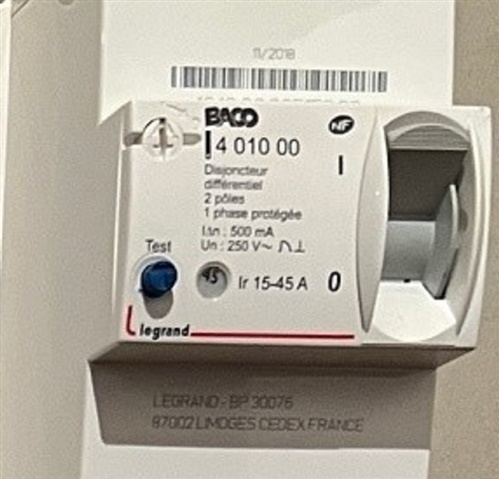Alright, it's only a metal box. So is the bodyshell of a Mercedes Benz. It's what you put inside it that really matters. Is the biggest really the best, or is most of it just going to end up as dead space? In some countries domestic consumer unit are so large that you can almost walk inside them, whereas us Brits seem to be content with a puny little canister filled with just 4 or 5 MCBs or (heaven forbid) rewirable fuses.
Those mega sized consumer units aren't just for show. They are filled with all sorts of weird (to us backwards Brits) and wonderful (to local folk who can't live without them) control devices, alongside protection for wiring, semiconductors, humans, and curious pet cats. Yes, pet cats have sadly been killed by electrical fires and shocks resulting from outdated consumer units.
The consumer unit is the central control box for all the electrics in a house. How big should the box be in order to meet the requirements of today and tomorrow? Think - EV chargers, solar panels, more electric heating appliances, home automation etc. Do you recommend 2 (or more) row boxes over the single row boxes, which are the norm for British houses, if wall space permits?
Is there a recommendation for the layout of a 2 row box for a domestic installation? For example, should all MCB / RCBO be located on bottom row and other devices on the top row? Boxes with more than one row are currently used mainly for commercial buildings, or mansions, rather than average size houses.
Consumer units are relatively 'dumb' devices even if fitted with microprocessor controlled AFDD and timeswitches. There are few, if any, official components that offer the facility to remotely monitor a consumer unit or connect it to the IoT. This will potentially be the next stage of development of consumer unit technology. For example, the next generation of SPDs will report the times and the voltages of each transient, and make them available for remote monitoring. RCBOs will be remotely resettable as well as providing details of the time they tripped and the fault current - including that which flowed to earth via a curious cat.


